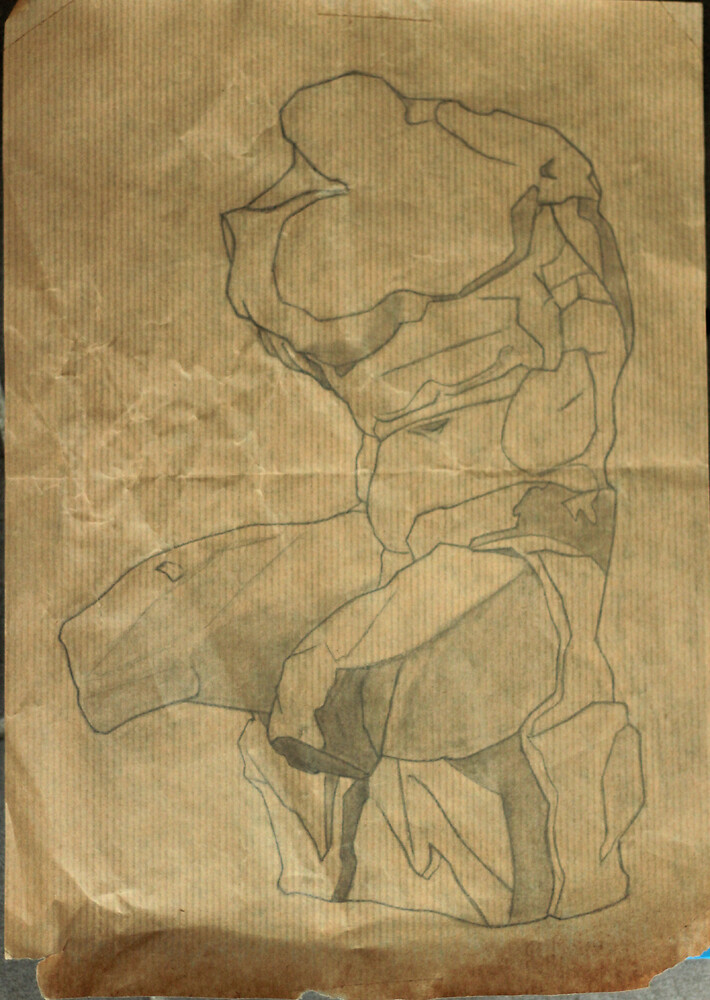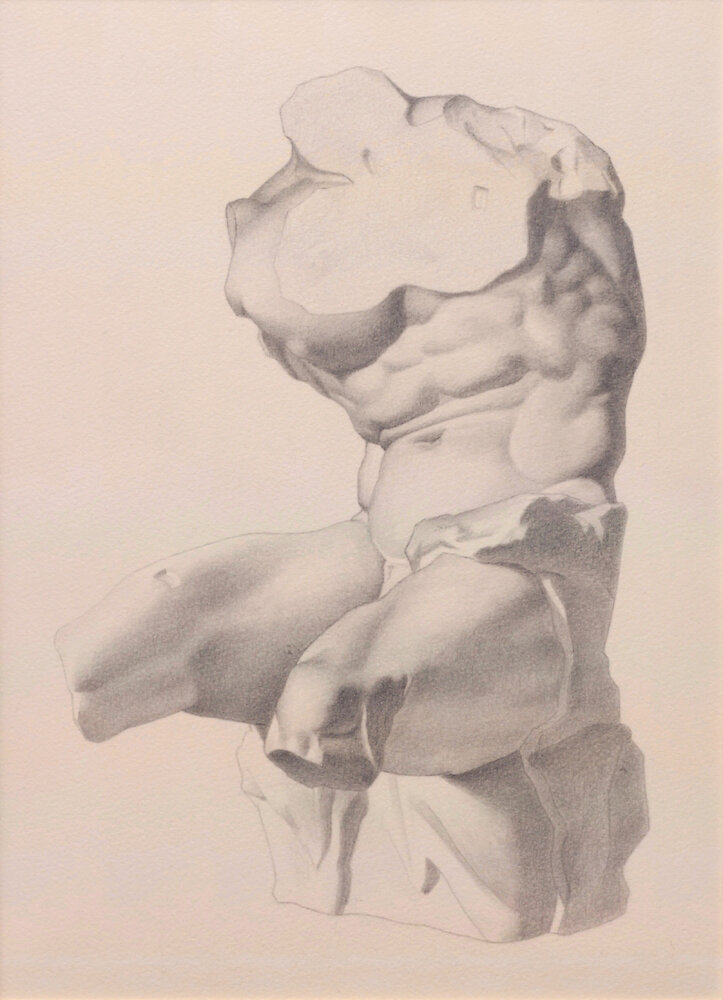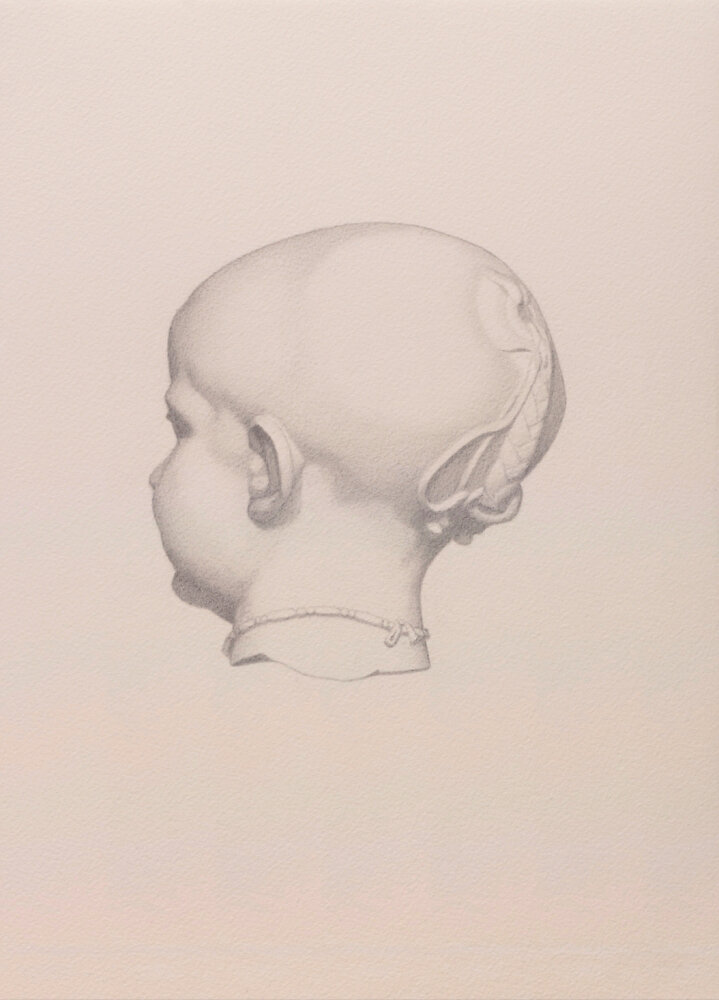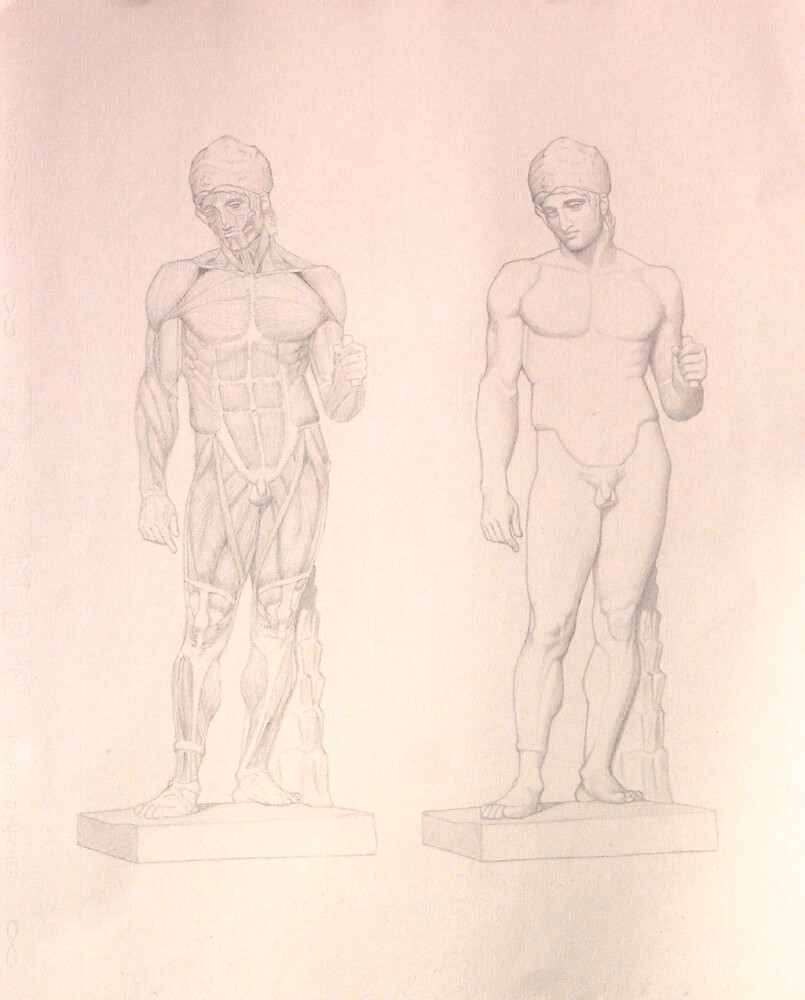An accurate answer would depend on the medium you’re using (graphite, charcoal, etc.), whether you want to use tinted paper, have control over the tint, on your personal preferences, on what’s available to you (e.g. price, physical availability), etc.
That being said, for graphite1, I guess the best option would be 100% cotton, white, hot pressed (smooth) watercolor paper (e.g. by Arches or Fabriano):
- stretchable: if thick enough (≥300gsm; some artists prefer to work on stretched paper);
- tintable: using lightfast watercolors paints (have a look at this page and handprint.com’s guide on pigments for more details); generally, earth pigments (iron oxides, siennas, umbers, ochres) are cheap, visually interesting, and very lightfast;
- durable: professional quality watercolor papers are almost always acid free, have an alkaline reserve, etc.
This is an expensive paper though, which can be a psychological burden. Furthermore, if you aim at accuracy, as most people doing Bargue’s plates are, you will likely stain the paper in your effort at tediously looking for most accurate proportions, and, in extreme cases, damage its surface. The paper staining can disturb some of the plates’ most subtle value shifts.
Another problematic aspect is that, to look for proportions, a bit of shading goes a long way: as our eyes are highly contrast-sensitive, it’s easy, when evaluating a distance, to mistake it for a slightly longer/larger corresponding to stronger value contrasts surrounding the endpoints of the distance to evaluate. This is one reason why experienced artists work in multiple layers when doing oils, and progressively refine their proportions at each layer.
A good remedy is to work in two steps:
- Use some cheap paper (e.g. kraft paper) to look for most of the proportions. You can be as rough and careless as you want to the paper at this stage, and use as much quick shading as necessary;
- Then, transfer the drawing to some fine paper, and finish your drawing here. You’d still have plenty of room for small adjustments, so don’t worry too much about damaging the paper, but be mindful.

Bargue Plate I 63 master copy, first stage, graphite on kraft paper
by
M. Bivert

Bargue Plate I 63 master copy, graphite on Arches Velin crème, 100% cotton
by
M. Bivert
Note: Another pleasant side effect of this approach is that you won’t have to bother about centering/positioning your drawing on the sheet at the first stage, because you can always adjust it later when transferring. This can be problematic when working on small sheets of paper, where you have little room for adjustments, and must get positioning right early on.
To transfer the drawing, you can for instance shade the back of the cheap paper with some charcoal, wipe out the excess, and simply go over the lines on the front. Graphite can also be used, but tends to be messier, and slower unless you have graphite powder at hand.
Note: A similar transfer process can be used for oils, but instead of using charcoal, you can use a thin coat of raw/burnt umber. If you want to keep the first stage drawing, don’t put the paint directly onto the paper, instead use an intermediate sheet; tracing paper will do.
Note: The first copy below, as the one presented earlier, was performed on a 26×36 cm (10×14in) 200gsm sheet Velin d’Arches, crème (100% cotton). This is typically not an easy paper to work on directly: it’s rather small, so there’s little room for mistakes regarding positioning (well, it will depends on the drawing size, it’s not so much the case for that small head, but it definitely is the case for the Belvedere Torso), and the paper’s surface is extremely delicate: it will easily start to peel if erased with anything but a kneaded eraser. I don’t remember having used an intermediate sheet of paper for that head though.
The second one was performed on a piece cut from a large sheet of Ingres d’Arches, (probably) 105gsm, (75% cotton). The paper has a lot of texture (vertical & horizontal lines). The écorché was created by transferring the copy with a sheet of transfer paper, covered with charcoal on the back.

Bargue Plate I 46 master copy, graphite on Arches Velin crème, 100% cotton

Bargue Plate I 68 master copy, “Achilles”, with an écorché, graphite on Ingres paper (Arches, 75% cotton)
by
M. Bivert
Note: Arches’ Ingres actually has two sides: one with noticeable vertical lines, while the other is much more regular. The paper is rather cheap, so this can be a great option if you want to work on white paper.
You may enjoy the following series:
- On Bargue's drawing course: introduction (1/3)
- On Bargue's drawing course: a holistic teaching (2/3)
- On Bargue's drawing course: going further, drawing 'gong-fu' (3/3)
-
I’ve written an article regarding graphite usage for Bargue’s course. ↩︎
Comments
By email, at mathieu.bivert chez: